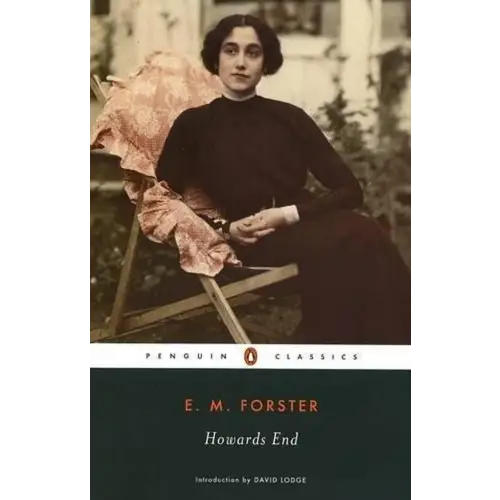In "Howards End," E.M. Forster uniquely reveals the English character by exploring the underlying class conflicts between three distinct groups. First, there is a wealthy family rigidly committed to tradition and property; second, two independent, cultivated sisters; and third, a young man living on the brink of poverty. At the heart of their conflict is Howards End, a rural house that ultimately becomes a symbol for the broader conflicts within British society.

